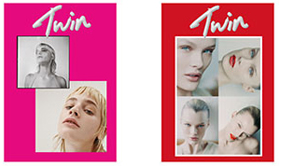This year, the Venezia Pavilion at the 58th International Art Exhibition of La Biennale di Venezia moves beyond the confines of the exhibition space and infiltrates the city. Reflecting the multitude of stories, of splendour and beauty and of cruise ships, flooding and souvenirs, these esteemed Italian artists plunge into the wealth of inspiration to depict the ancient city in new lights.
As Alessandro Gallo, Artistic Director, explains: “In thinking about the creative concept of the pavilion, we have focussed on two angles: on one side, we wanted to return to the original elements that have characterised and shaped Venezia, and from the other side, we wanted to communicate the dichotomy of representing the stereotype that Venezia has in the world, and also a more authentic reflection of the city lived from the inside.”
Twin spoke to the artists involved, Mirko Borsche, Lorenzo Dante Ferro, Sidival Fila, Ferzan Özpetek, Fabio Viale and Giorgos Koumentakis, as well as artist director Alessandro Gallo, about their artistic approach to Venice.
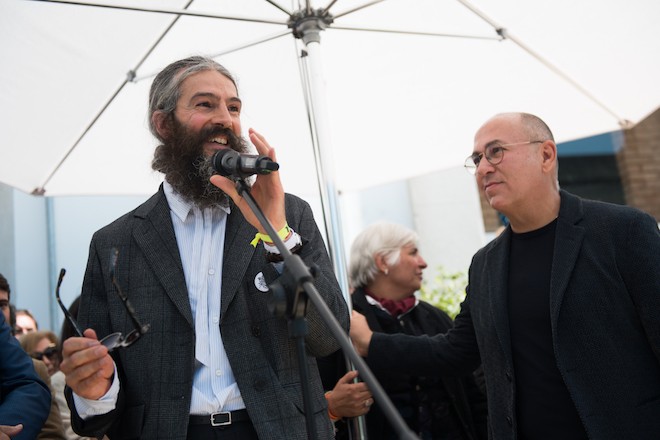
TWIN: How have you responded to Venice in your work?
Ferzan Ozpetek:
As soon as I was asked to visualise a personal idea of Venice, I had mixed feelings: I was proud to be asked, but at the same time overwhelmed by the difficulty of finding a creative way to tell the story of a city that has always been a symbol of unparalleled beauty, art and landscapes. A place deeply probed from all points of view. All of a sudden, I remembered so many walks I had taken in the Laguna, not just in the city, and above all the times I spent some days at the Lido either with my movies or as a member of jury for La Mostra del Cinema. That’s it, Water and Cinema: a dream of fluidity once again. You happen to reach the Lido on a motorboat, get off and soon you can enter the huge screening room where a collective rite is going to be held. I gathered some of those memories and emotions and revived them into imagery.
Fabio Vale:
In this work I was trying to represent not the object, but the spiritual side of Venetian Bricole.
Lorenzo Dante Ferro:
My work as a Master Perfumer originated in Venice in the 1500s when it was a flourishing and prosperous centre for the trade and commerce of precious spices, unguents, fragrant oils and resins brought back by navigators and explorers returning from voyages to distant lands. They provided Venice with the first new ingredients and raw materials necessary to give impetus to the development and creation of the first Italian perfumes, making Venice a natural location. Today, I continue this work as the keeper of secrets and traditions of artistic perfume creation from my perfume studio in Gradiscutta di Varmo (Udine) only a short distance from Villa Manin, the summer residence of the last Doge of Venice, Ludovico Manin.
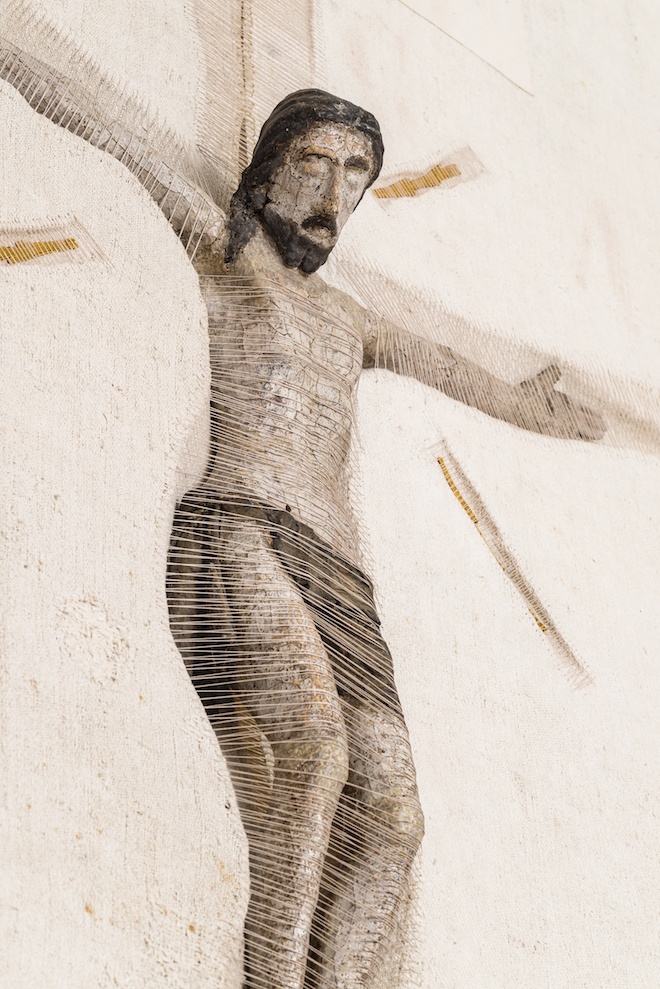
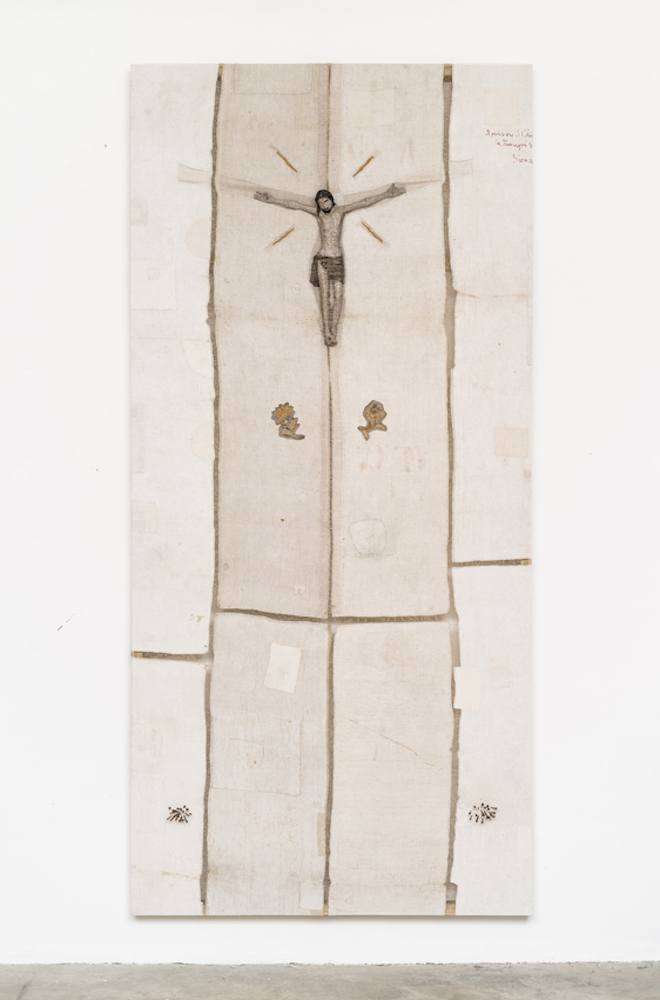
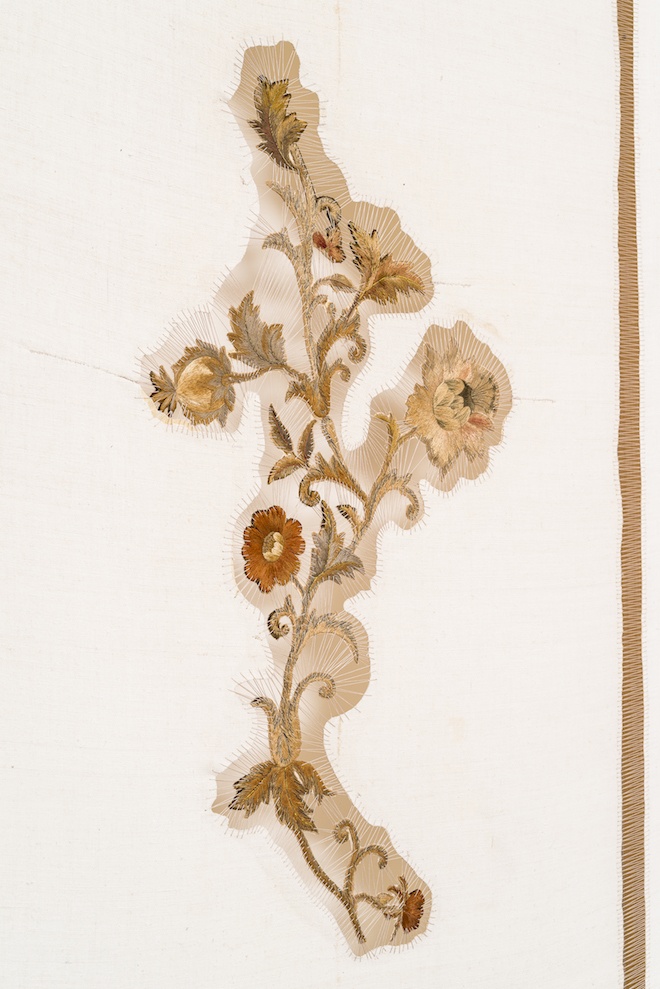
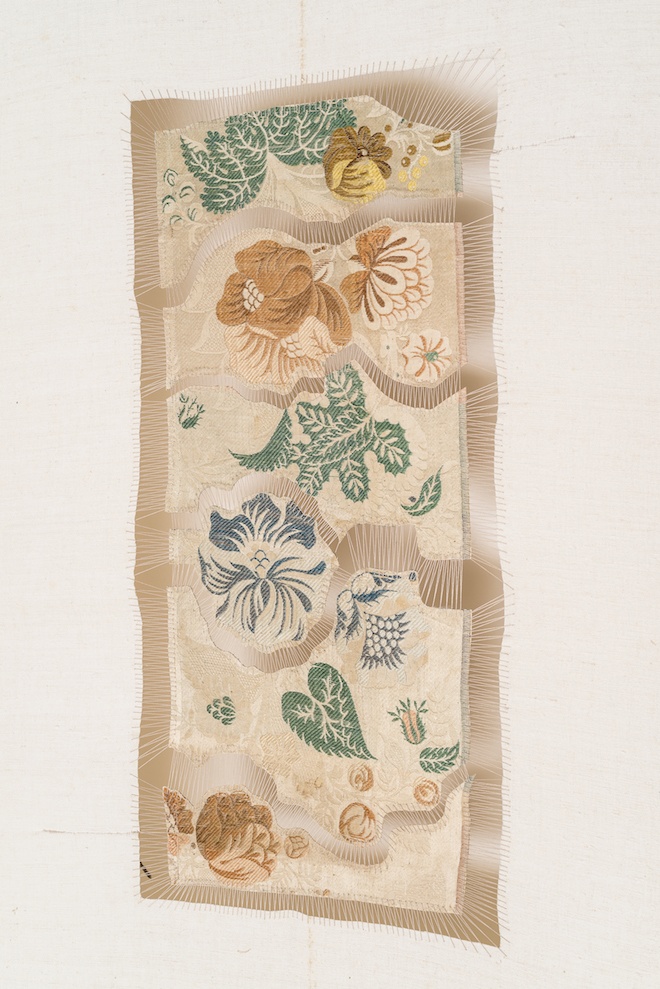
Sidival Fila
Sidival Fila:
I was invited as a selected artist for the Venice Pavilion from the beginning of the project, so I was able to follow its birth and its development; my involvement was both individual and collective, and for different reasons during the making of the show, many synergies were born with the other selected artists. I was also present in Venice for the opening of the Biennale and I was able to see that the message I wanted to share, through the descriptive elements of my installation and through a specific technical procedure , was communicated to the visitors, in the form of reflection and emotion.
Giorgos Koumendakis:
This work has been created specifically for Venice, a vibrant city that combines the crossroads of many different cultures that approach it by water and could not exist in its present form for any other city!
Mirko Borsche:
The Venice Pavilion invited our studio to contribute as an ‘artist’. The biennale’s theme this year is FAKE NEWS, among other topics that form ‘interesting times we live in’. We are not artists, but we believe in graphic design as a strong tool, so we developed an identity for the Venice pavilion, which could be seen to be the identity of the whole Biennale and therefore is aligned with the concept of the Biennale, it also creates the maximum awareness for the pavilion of Venice. The centre piece of our concept is the Lion of St. Mark, the symbol of Venice. Bureau Borsche created a reduced, abstract form of the lion to highlight the six boroughs of Venice in the lines of his wings. These simple geometric shapes were also used to create the secondary graphical element – an exclusive typeface. This consists of mainly vertical bars in reference to the omnipresent poles throughout Venice. The popping Neon Yellow is a modern interpretation of the golden ornaments of the historical centre. Functionally, the colour is used as a signal colour because of its special visibility. Together the lion, the typeface, and the colour create a strong and yet ironically confusing guiding system for the city – ultimately leading to the pavilion of Venice. The graphical system is applied on many elements like signs, posters, flags, and public transport etc. At the same time there will be several take-away items such as apparel, tennis balls, plastic bags or lighters referring to the city’s strong tourist business. All these items are branded the same way and reveal their connection to the Venice pavilion once the visitor arrives at the pavilion.
TWIN: What does Venice mean to you?
Alessandro Gallo – Artistic Director:
Having the privilege to live and know this place deeply, we feel we belong to an identity that has developed over centuries, creating something so strong, unique and personal; something that has put together and mixed different influences and culture that have shaped it.
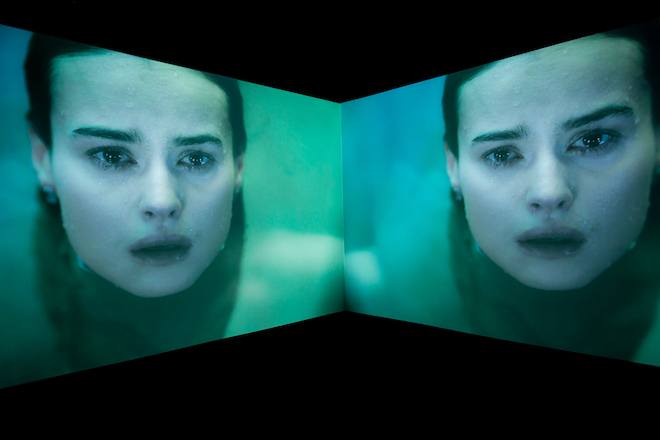
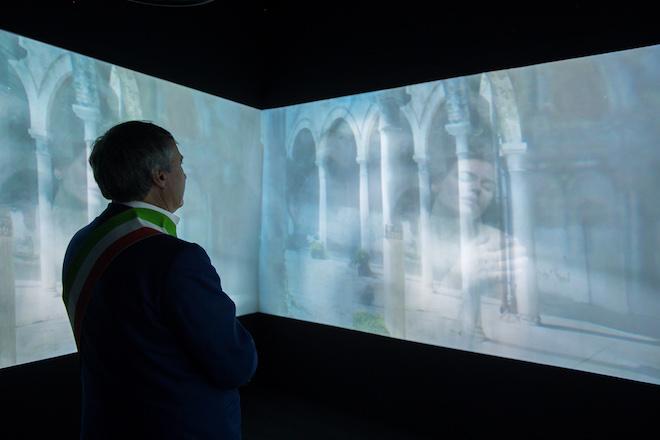
Ozpetek, Image Courtesy of Fondaco Italia 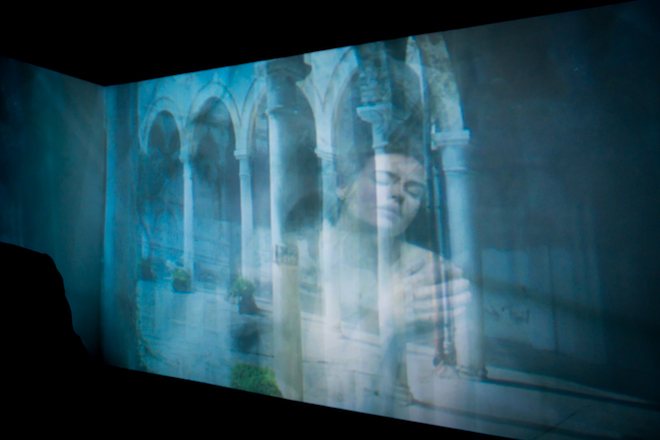
Ozpetek, Image Courtesy of Fondaco Italia
Ferzan Ozpetek:
I called my work Venetika right because that is the ancient byzantine name given to the powerful maritime city. Venezia was and still is deeply marked by centenary – better say millenary – stratifications of Ottoman culture and traditions. Having grown up in Istanbul, Venezia to me is another “mother-city” where everything reflects, immerses in and resurfaces from water.
Fabio Vale:
Venice is a very hard city that forces you to move with its rhythms, different than ones we are used to. Thanks to this slowness you can appreciate the details.
Lorenzo Dante Ferro:
Tradition and culture that express an elegance and style that is entirely unique. These are all elements that I treasure and take great pride in as a Venetian.
Sidival Fila:
Venice has always been a place of choice for art, culture and beauty. It’s a metaphor of travel and meeting, a unique and timeless city.
Mirko Borsche:
I really like Italy in general, not very surprising for a German I guess, but for me it was always a place I wanted to live.
Venice is special, I love the city, but more around Autumn, when it gets a bit quiet again. Most of the season tourists take over, like a flood, which is disturbing for a lot of Venetians and forces them into the background. I can tell because Munich is a very touristic city too, and during the season it’s quite hard to get through the city or get anything done.
Giorgos Koumendakis:
Venice is a city symbolic for music, visual arts and architecture. I am very happy because after many previous collaborations and presentations of my music in Venice, the time has come to compose a piece that is written especially for the Biennale and the city’s Pavilion. It is a great honour and privilege to participate in this important venture, along with great artists and under the artistic direction of Stelios Kois.
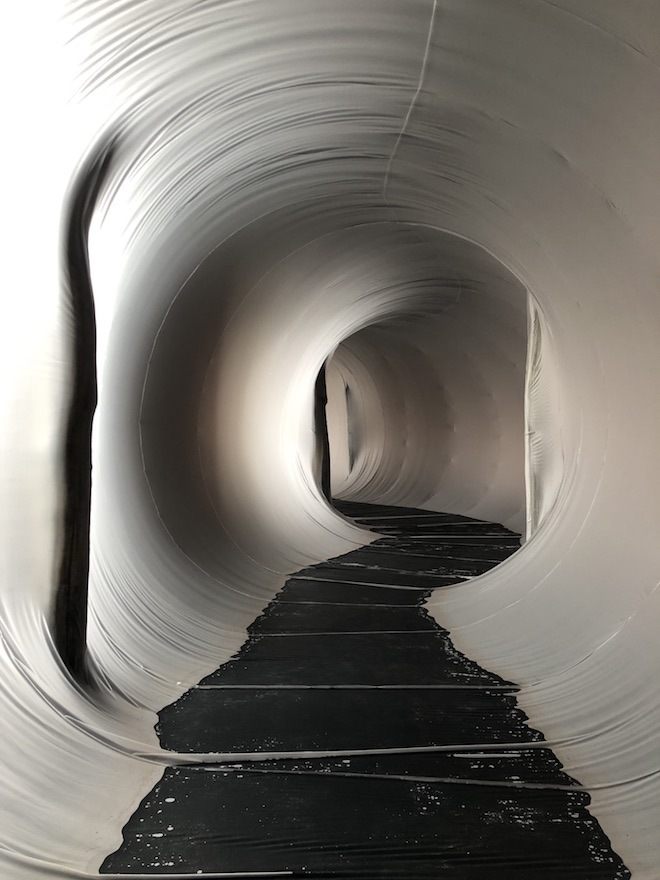
Water Tunnel by Plastique Fantastique 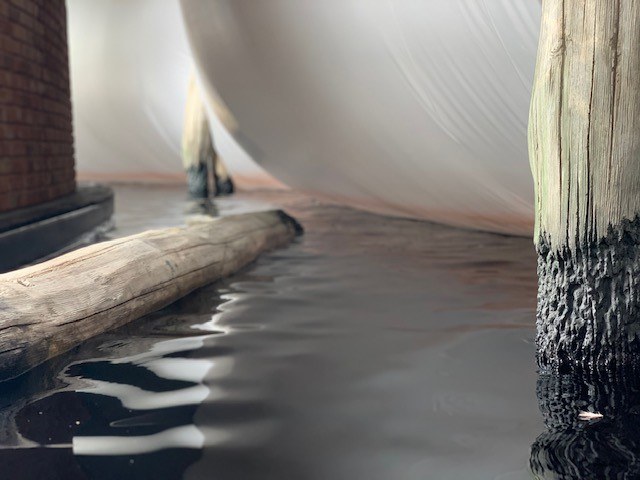
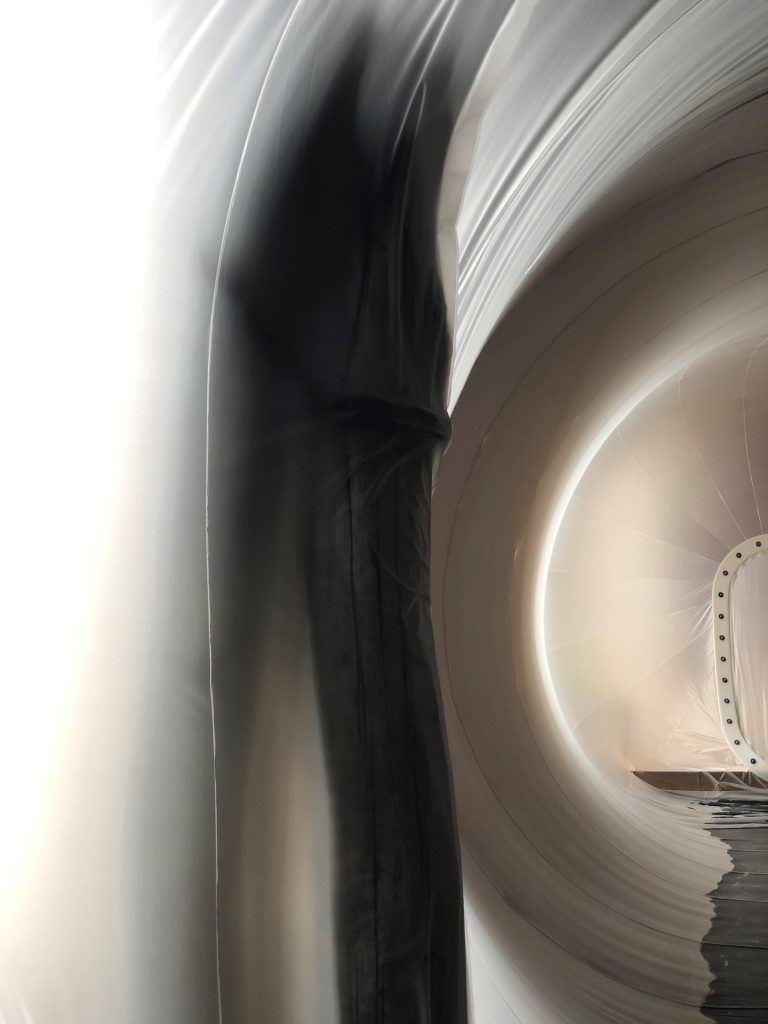
Water Tunnel by Plastique Fantastique
TWIN: How have you interpreted this in your work for the Venice Pavilion?
Ferzan Ozpetek:
The city has hit my imagination as a vision of a woman immersed in water. That woman is performed by the wonderful actress Kasia Smutniak, who conveys the sense of a mysterious and magical experience. At a certain point that female figure representing the city emerges on the surface and thus Venezia materialises once the liquid becomes solid. Now we can recognise its extraordinary shapes, its dreamy buildings, its great paintings as in a revolving kaleidoscope of human figures and astonishing images.
Fabio Vale:
The installation was a collective work where all the artists collaborated together for one project.The meaning was to create a landscape where the viewer is immersed as they would be in the city of Venice
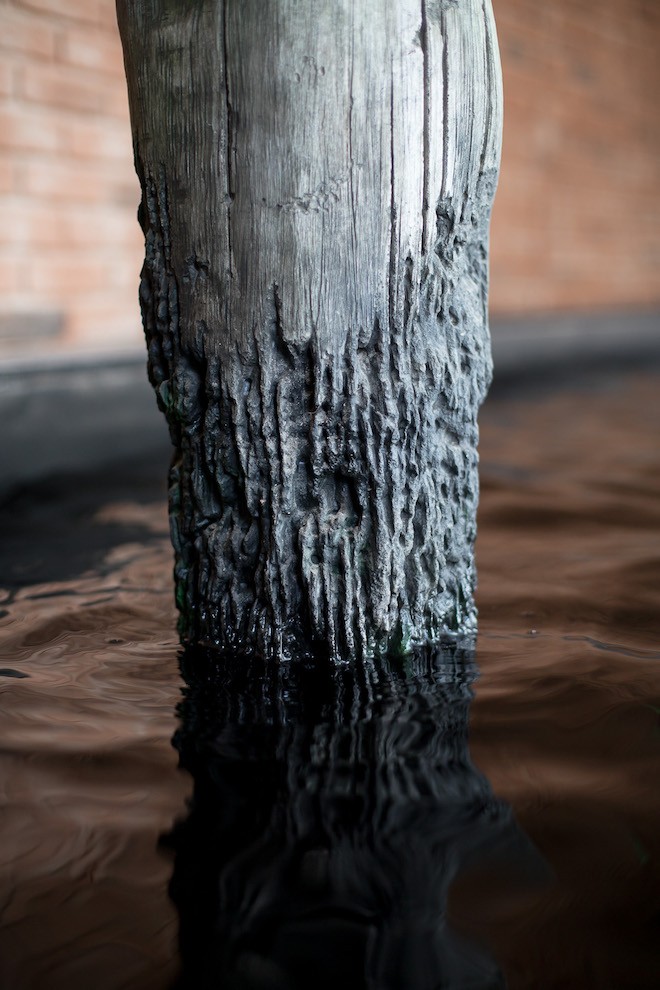
Sculptor by Fabio Viale 
Sculptor by Fabio Viale
Lorenzo Dante Ferro:
“Venéxia Odorum” is the natural essence which I composed, inspired by the Venetian lagoon with its briccole bathed by saltwater and the evocative notes of Mediterranean vegetation in the air. This geolfactive fragrance is my invisible contribution to the collective work which I have created to portray and to prolong the olfactive memory of the Serenissima into the future of all those who have had the opportunity to visit the Venice Pavilion.
Sidival Fila:
They asked me to talk about spirituality as a constitutive dimension of the life of Venetian civilization, so I decided to present the crucifixion as the representation of a historical event, not only as a sacred or liturgical element. My “Golgotha” installation is composed of eight elements, but only one of them presents a figurative sculpture of the Holy Cross; the other 7 elements open the doors to spirituality and transcendence, but they are not directly related to a specific religion, they only want to speak to every creed and to the heart of the people.
Giorgos Koumendakis:
In my work “The pedal tone of a closed current”, Byzantium, Renaissance and this modern city overlap, by the use of pedal tones from the Byzantine music together with western polyphonic elements. All those have an operatic dimension, symbolically accumulating at an orchestra pit full of water.
Mirko Borsche:
Our aim was to involve the Venetians to be part of our concept, they either got items provided by the pavilion for their own use, or make their own souvenirs, they can also download the graphic elements for free to create their own products. The idea is to make this symbol viral and make the whole city of Venice an extension of the Venice pavilion.

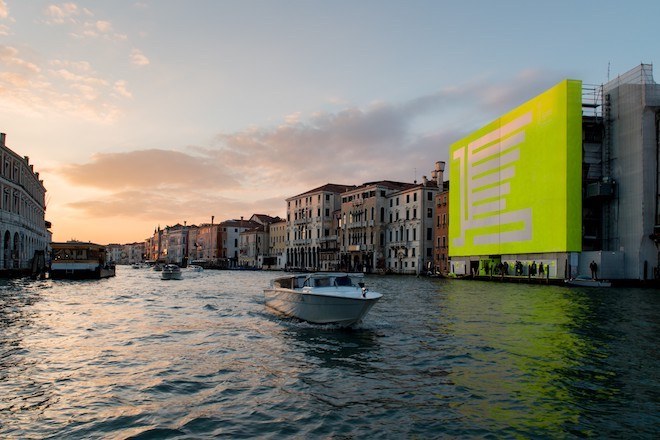
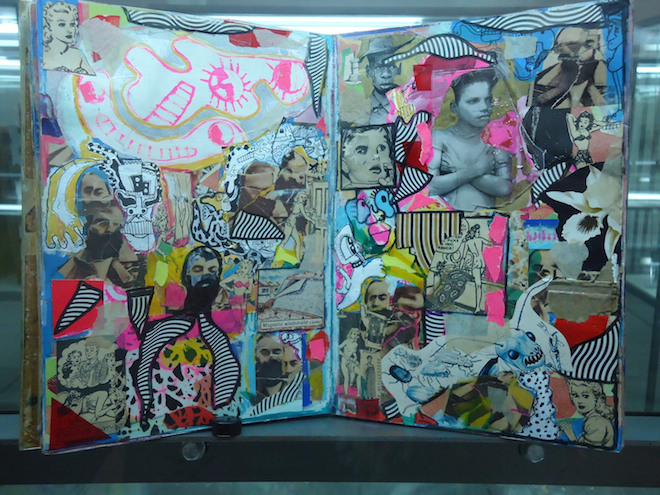
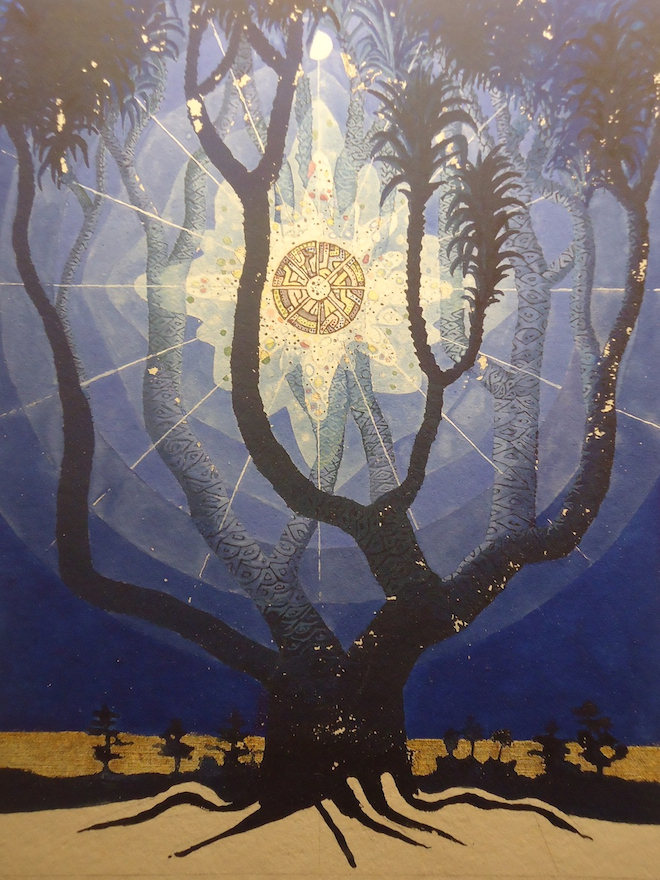
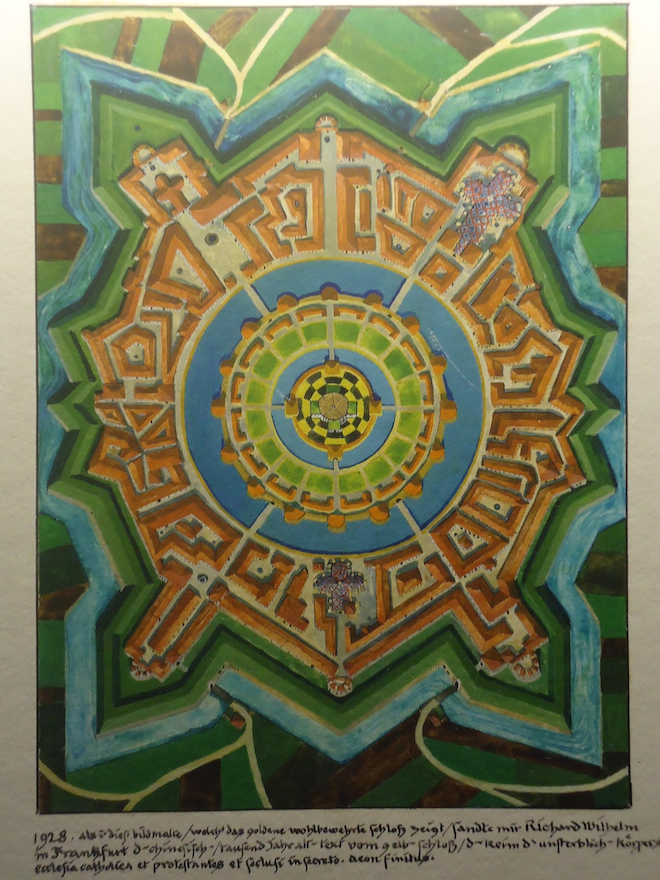
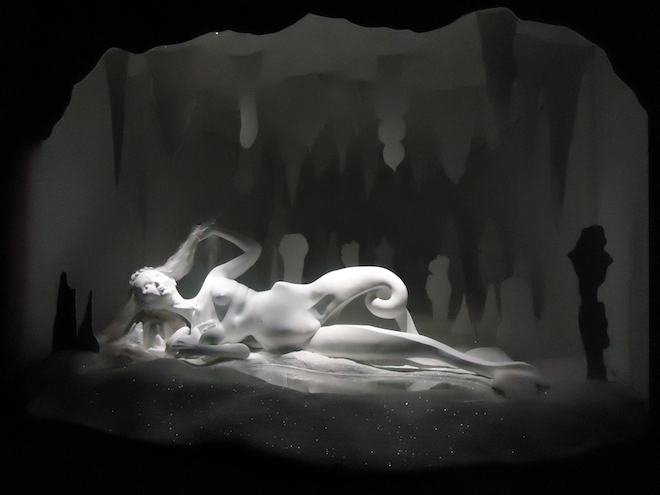
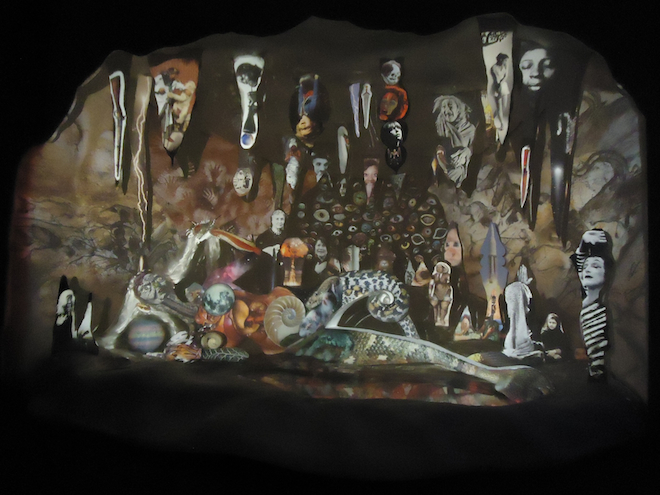
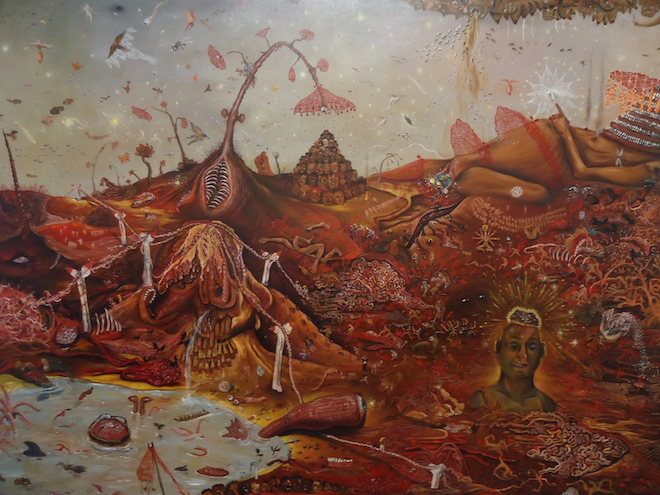
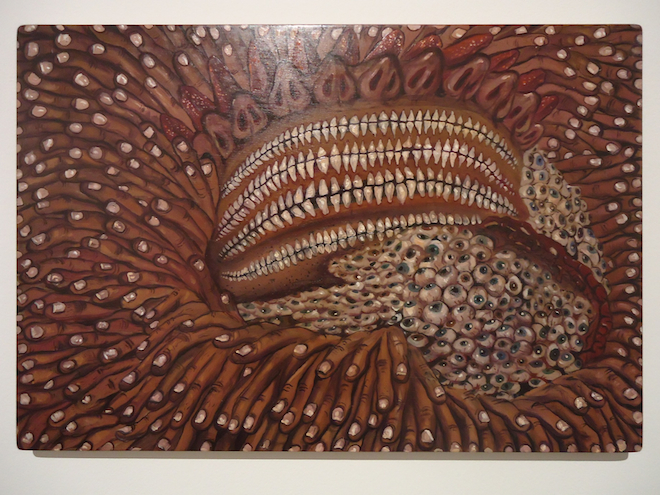
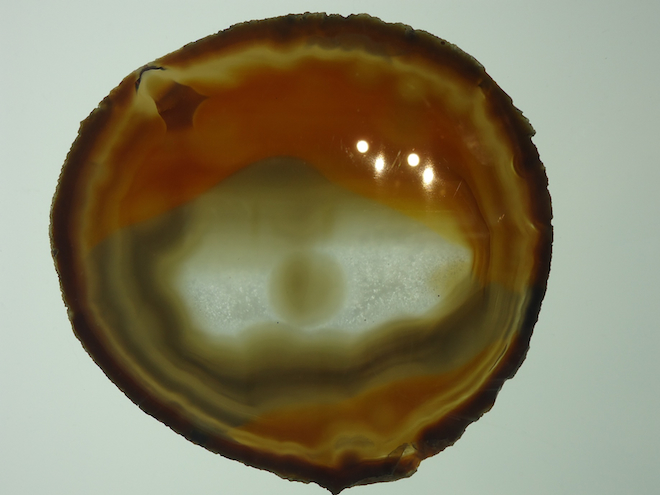
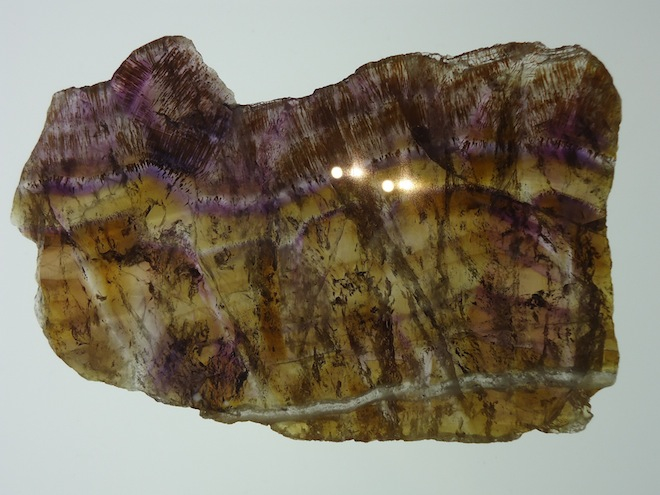
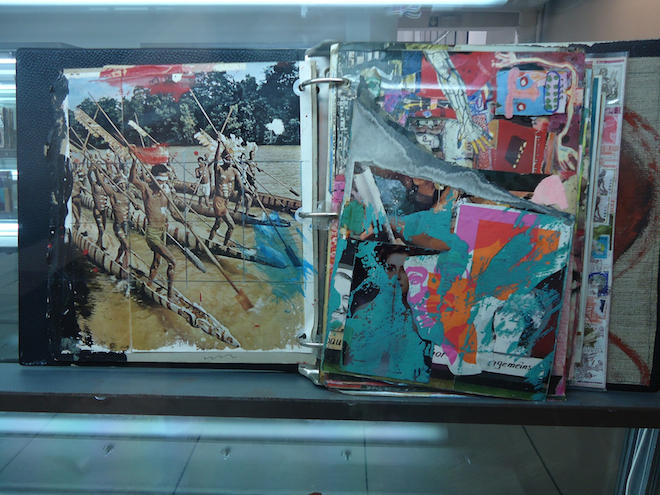
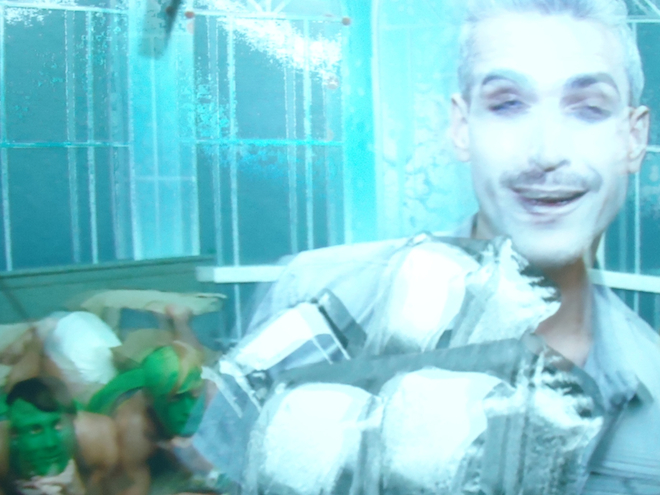
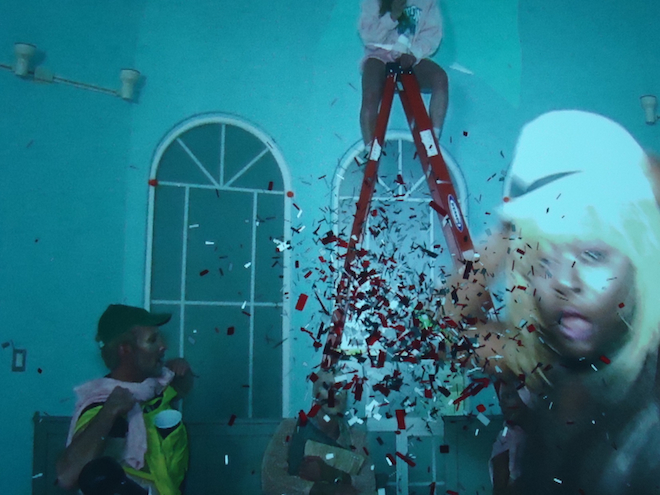
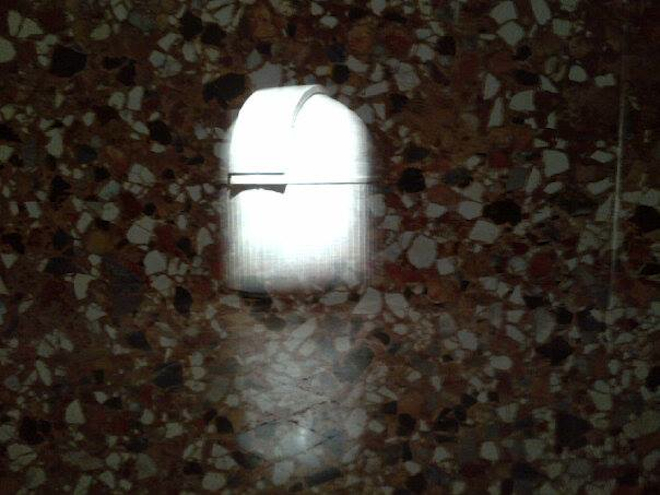
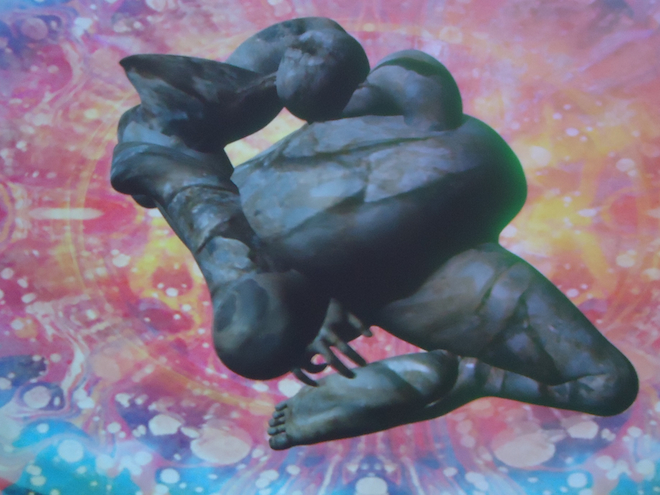
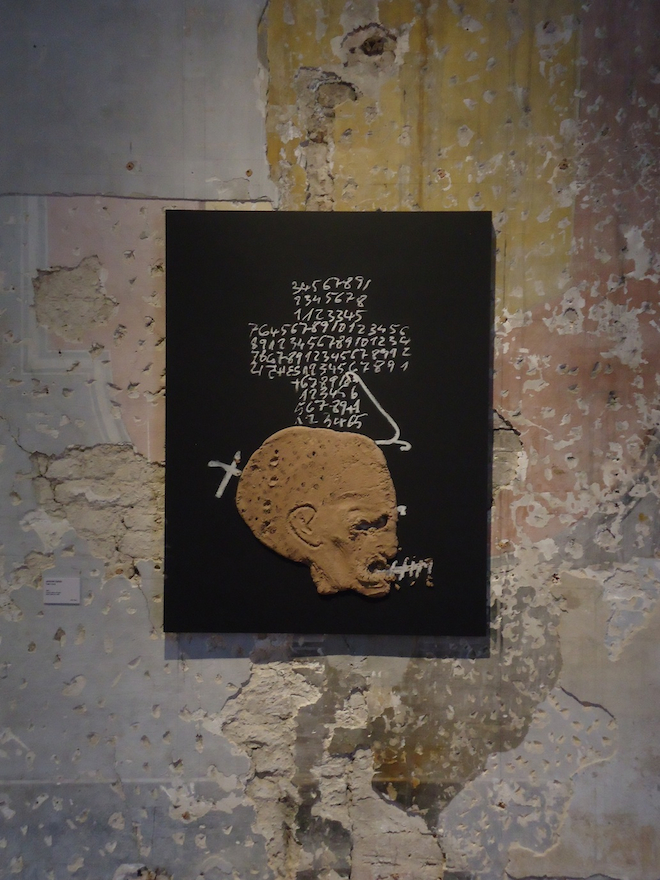
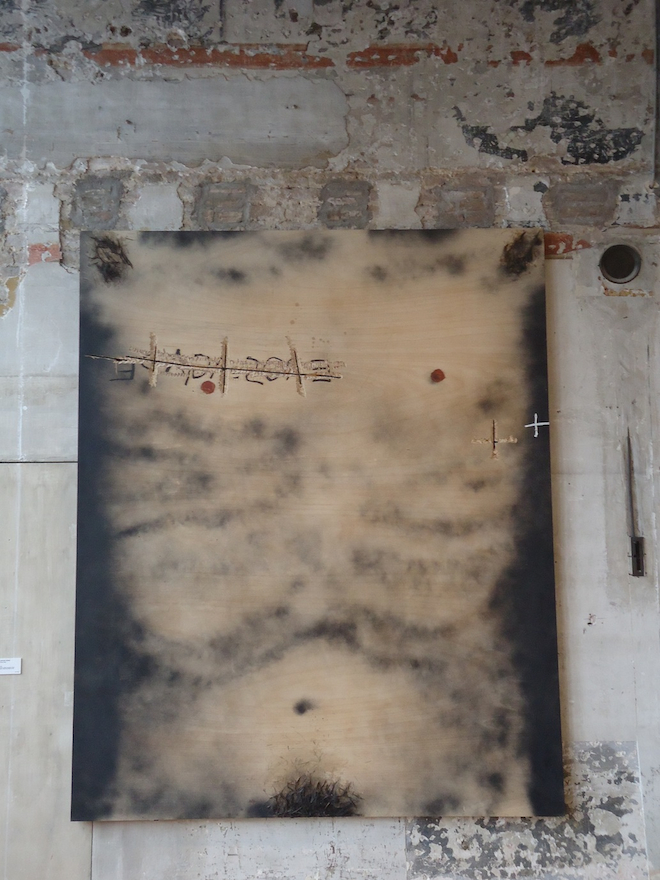
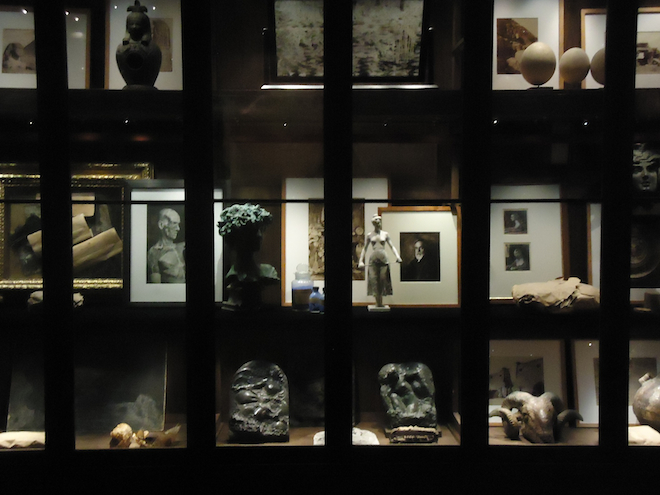
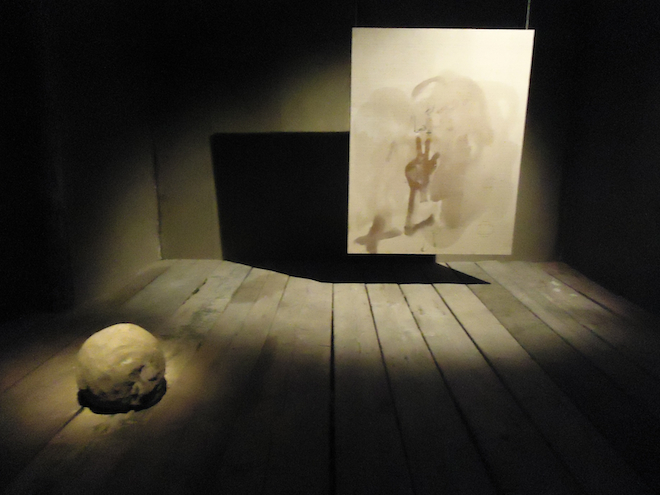
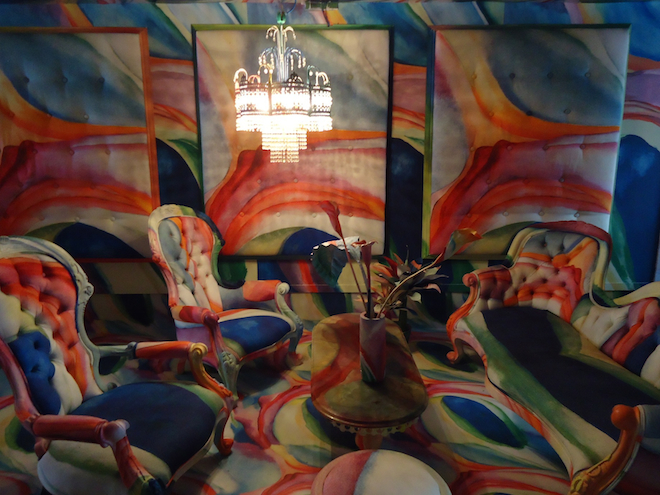
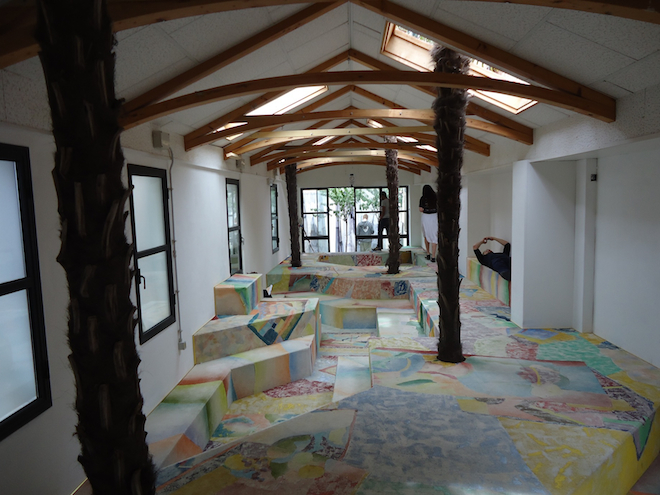
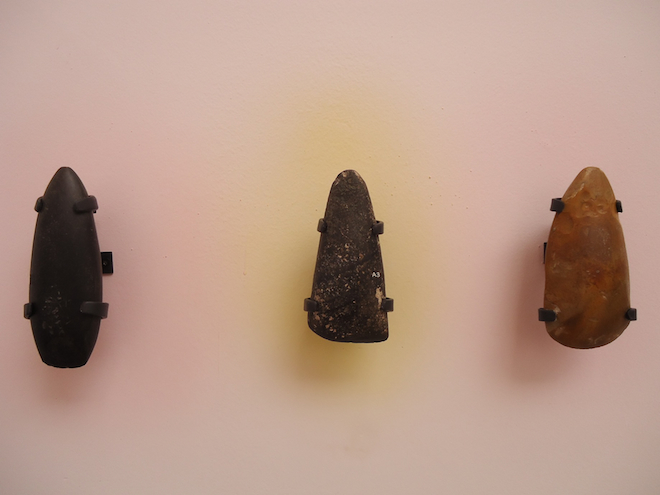
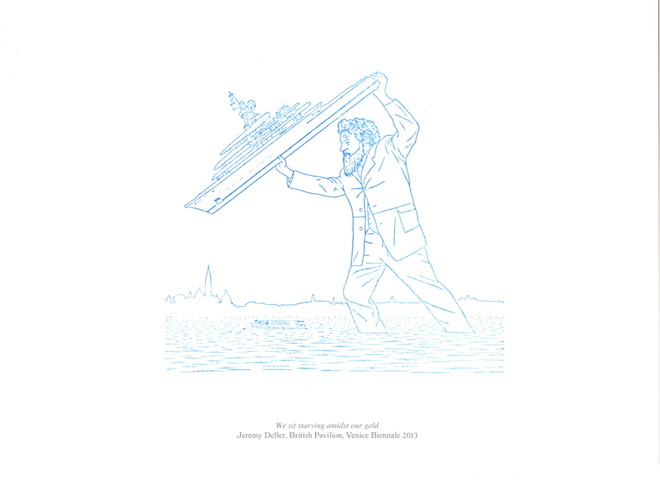
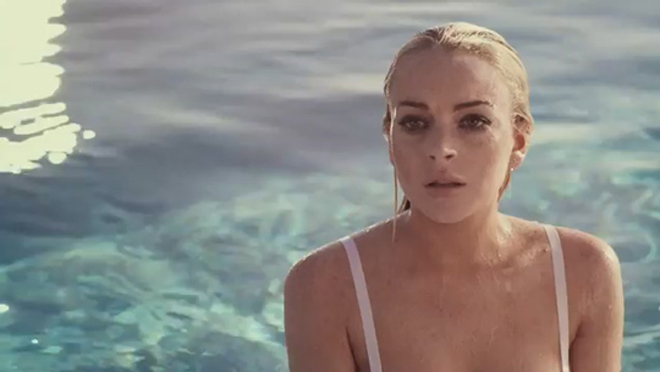
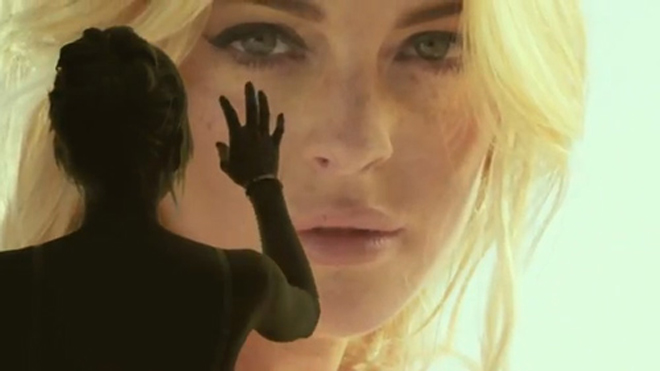
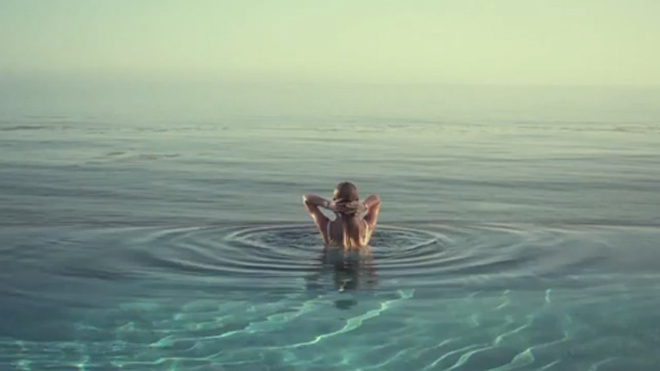
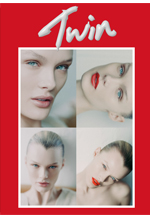
 Twitter
Twitter
 Tumblr
Tumblr
 YouTube
YouTube
 Facebook
Facebook
 Instagram
Instagram
